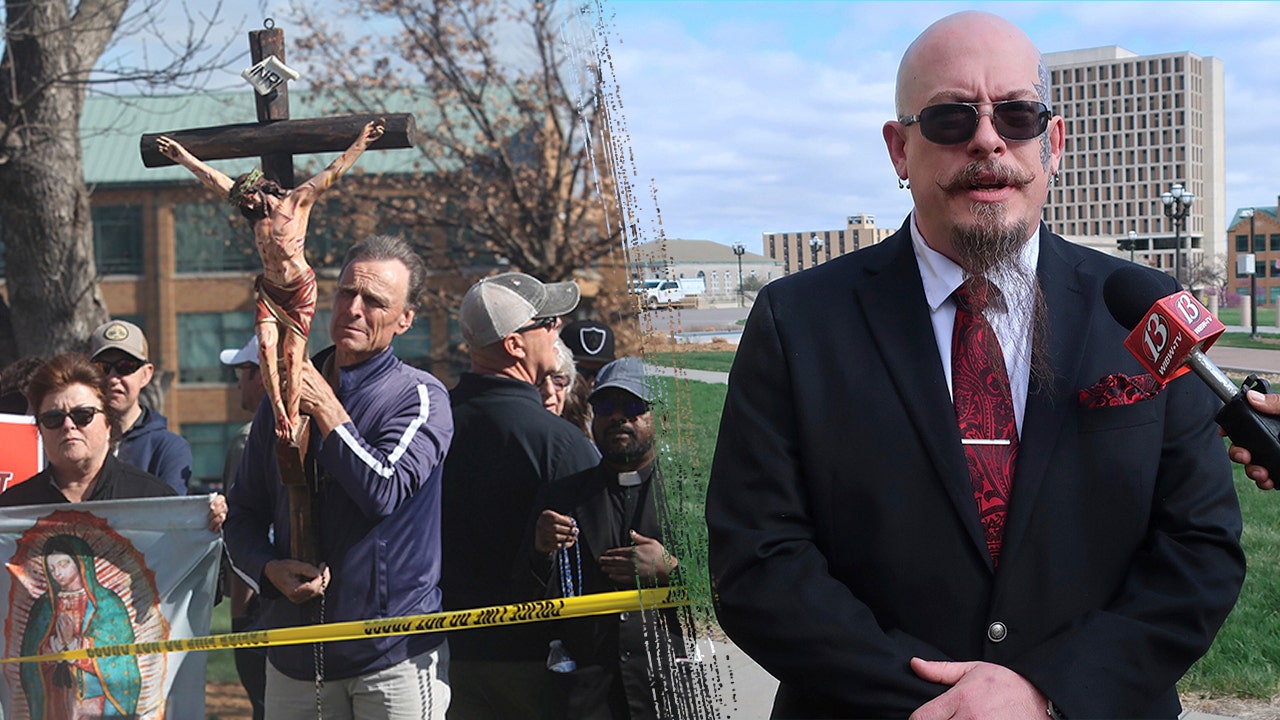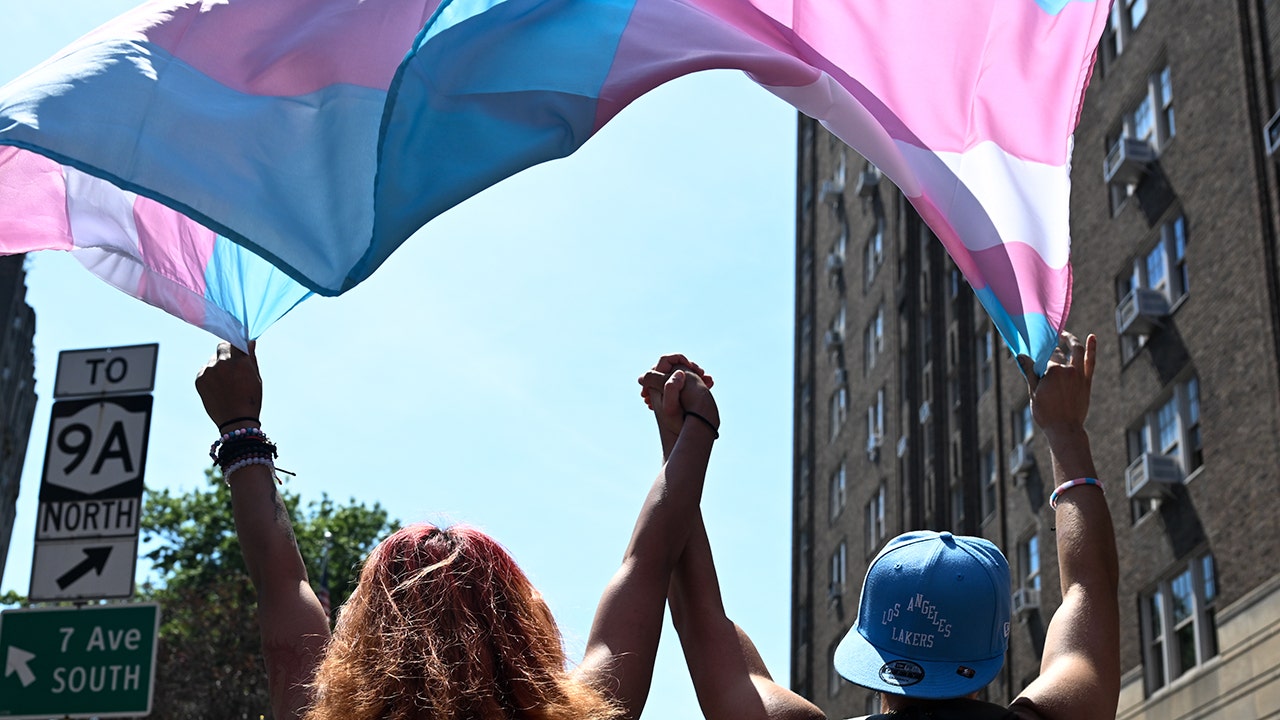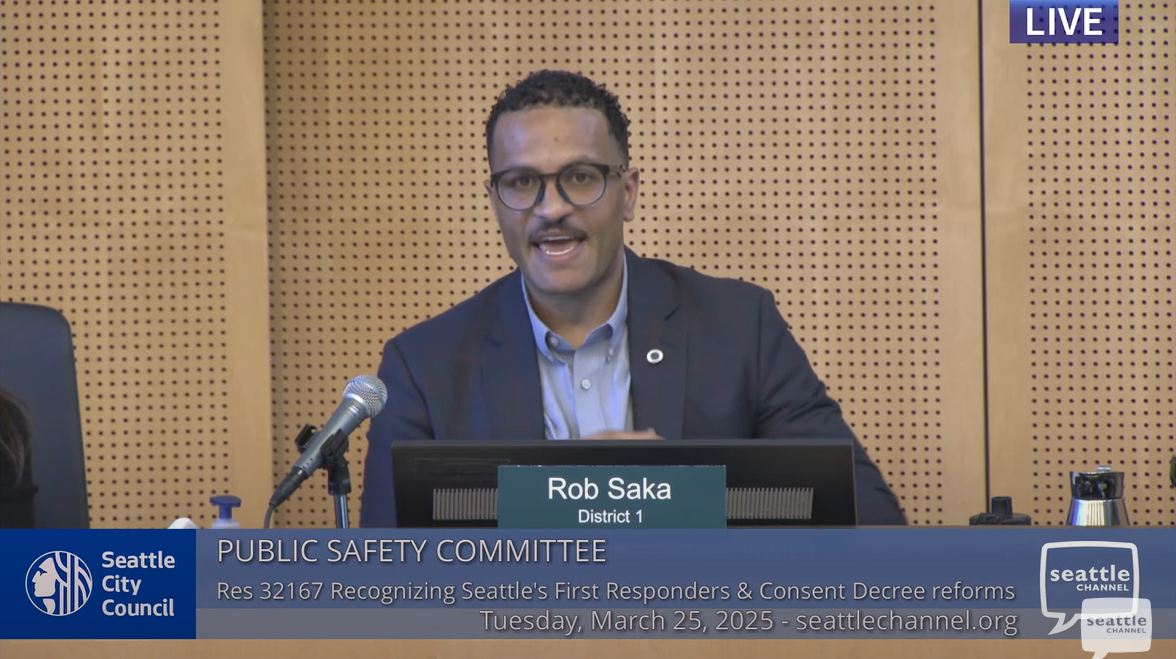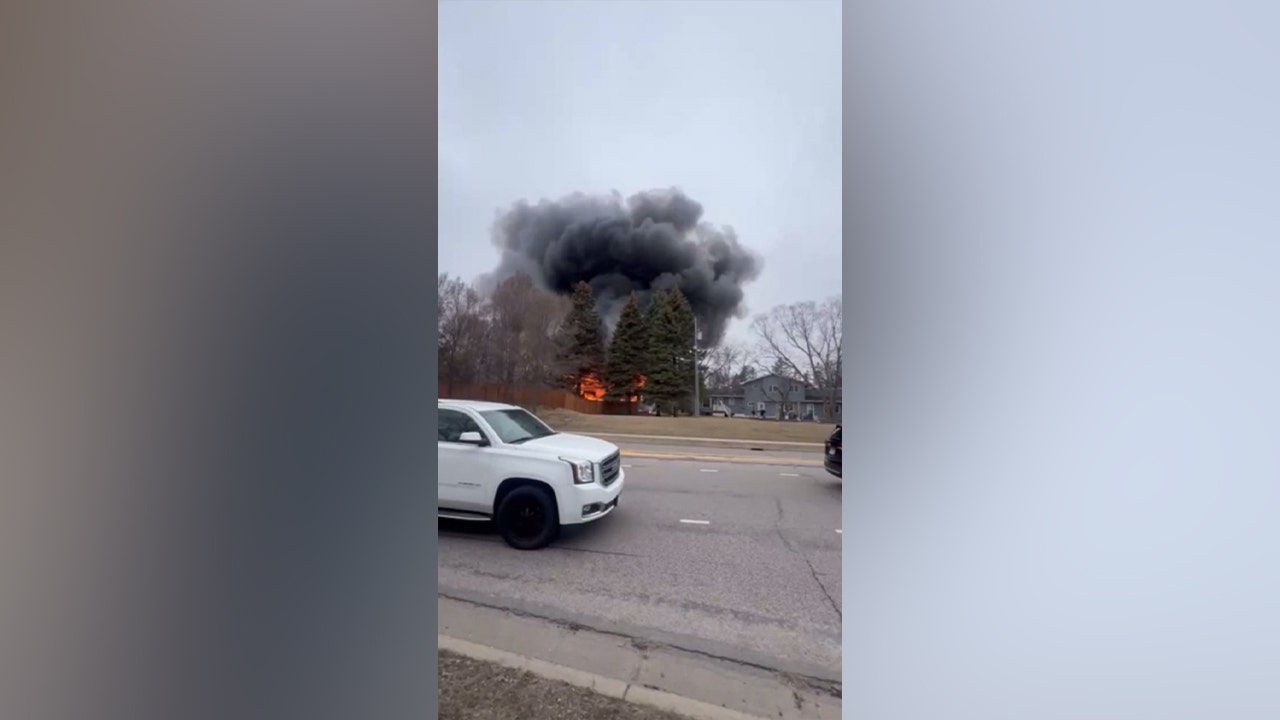Posted on Wednesday, March 26, 2025
|
by Outside Contributor
|
0 Comments
|
ATTENTION: Veterans who receive health care at VA – you have options! The overwhelming majority of the health care enrolled Veterans receive is at a VA facility; however, there’s a lot of care offered through community providers as well. In 2024, community care accounted for 40% of all VA health care consults across the country.
Your choice of health care providers is more than just about facts and figures and options; it’s about receiving high-quality, evidence-based, coordinated care. VA health care providers are better equipped with more experience, expertise, and the latest state-of-the-art technology to treat the unique medical issues of our Veteran community. I highly encourage you to choose VA as your primary source of health care. I do!
However, I sometimes use community care to supplement my overall VA health care benefit. A couple of months ago, I received my flu shot at a local Walgreens pharmacy. A couple of years ago, I received a call from TriWest Healthcare Alliance (the Community Care Network administrator in Colorado where I live) because VA authorized me to see a community chiropractor as a part of my service-connected disabilities. Three years ago, I flew over my handlebars while mountain biking on the U.S. Air Force Academy and went to the emergency room. And, five years ago, I did what most people who turn 50 do: I had a colonoscopy – and VA coordinated for it to occur with a community provider. All these activities occurred outside of a VA health care facility, were paid for by VA, and were an integral part of my comprehensive VA health care.
The VA MISSION Act of 2018 consolidated VA’s various community care programs into a new Veterans Community Care Program. This consolidation ensures Veterans get the right care at the right time from the right provider. Prior to this consolidation, community care was a tangled web of competing and confusing programs. Full disclosure: I began working at VA in 2015 in the Office of Community Care as the Director of Congressional Correspondence. We had some challenges – to the tune of 4,000 letters (read: complaints) each year from Members of Congress across the country. But that was then. Currently, the process for a Veteran to receive care from a community provider is much improved.
Community care is available to Veterans based on certain conditions and eligibility requirements, and in consideration of a Veteran’s specific needs and circumstances. Here are five must-know things about community care:
1. Ensure you’re eligible. You may be eligible to see a community provider if you meet just one of these six eligibility criteria:
(1) Service Unavailable – You need a service that is not available at VA (e.g. maternity care, in vitro fertilization).
(2) Facility Unavailable – You reside in a U.S. state or territory without a full-service VA medical facility (not the case here in Colorado).
(3) Grandfathered Choice – You were eligible for community care under the now defunct Veterans Choice Program distance criteria.
(4) Medical Interest – Your VA provider determines it is in your best medical interest to be referred to a community provider.
(5) Quality Standards – You need care from a VA medical service that VA determines is not providing care that complies with VA’s quality standards.
(6) Access Standards – You meet the access standards for average drive time (30 minutes for primary care, mental health; 60 minutes for specialty care) or wait time (20 days for primary care, mental health; 28 days for specialty care) for a VA appointment.
2. Get an authorization. In most cases, and regardless of which eligibility criterion listed above you meet, Veterans must receive authorization from VA before receiving care from a community provider to avoid being billed for the care. VA staff members generally make all eligibility determinations for community care.
3. For retirees, don’t confuse Tricare and VA health care. If you’re a military retiree like me, if/when you visit a community provider be sure to clarify that you received a referral through the VA. I regularly hear stories from my fellow retirees that the community provider they visited billed their Tricare instead of the VA. You can reduce the probability of this happening by ensuring the billing desk knows you’re there because of a VA referral.
4. Consider the urgent care benefit. Use VA’s urgent care benefit to treat minor injuries and illnesses that are not life-threatening, such as colds, skin infections, strep throat, etc. Urgent care is not a replacement of preventative or emergency care. To access an in-network urgent care provider, you must: (1) be eligible for VA health care benefits, (2) go to an in-network urgent care provider, and (3) pay a VA copayment (if applicable) after the visit, which is billed separately by VA. To find an in-network urgent care provider, visit www.va.gov/find-locations/.
5. Tele-Emergency care can be a life saver. The VA now offers emergency care services through tele-health. This means that you can contact a provider during a health emergency 24 hours a day. The tele-emergency line can provide medical advice and coordination with your primary care team to follow-up on your health issues. Tele-emergency care can be reached through VA Health Connect, or by visiting https://www.va.gov/initiatives/va-health-connect/.
We all have choices in our health care; Veterans have even more. You have access to world-class care at your nearest VA facility, as well as a network of high-performing credentialed community providers.
Thanks for allowing me to walk alongside you behind friendly lines.
Victory!
Jason T. Strickland, Lieutenant Colonel (U.S. Army Retired), is the chief communications officer at the VA Rocky Mountain Network Email: [email protected].
Read the full article here










